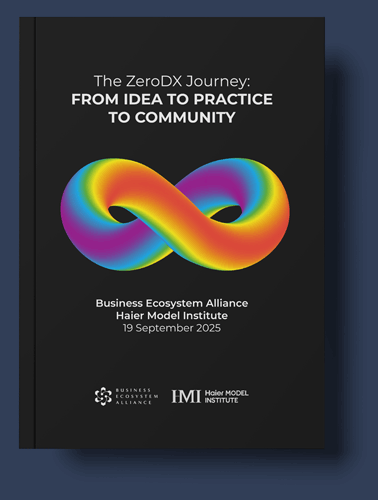
Empowering Marginalized Youth Through Innovation: The SINA Approach
Introducing SINA
In a world where opportunities often seem limited, especially for marginalized youth and refugees, the Social Innovation Academy (SINA) stands out to transform people into the change they wish to see. SINA’s model is a robust framework designed to empower young people in Africa to become social entrepreneurs, leveraging their unique experiences and turning challenges into opportunities.
Founded by Etienne Salborn in 2014, SINA emerged from an educational sponsorship program in Uganda that began in 2006. The program aimed to help orphans continue their education beyond primary school. However, when the first generation of sponsored youth completed high school, they faced significant barriers to higher education and employment due to Uganda's high youth unemployment rates. This gap led to the creation of SINA, which focuses on empowering youth to create their own jobs through social entrepreneurship. Today, SINA encompasses 18 communities in six African countries with 50 to 100 participants each and has given birth to 81 social enterprises in operation on the ground, providing close to 1000 jobs.
Examples of social enterprises range from organic mosquito repellent soap to combat malaria through an everyday consumer product to biodegradable drinking straws, the construction with recycled plastic bottles or a flooring material made from plastic bags and eggshells. Barack Obama, the Pope, Ban Ki-moon, and the Queen of England have recognized SINA members, and some have been featured on BBC or CNN because of international recognitions such as the African Business Heroes or the UN-Habitat Scroll of Honour Award.
We highlighted SINA for this year’s award because they are driven by self-management and freesponsibility - its own term signifying the autonomy and accountability expected by each team within the community. By listening to the needs of its core demographic, the organization has reinvented its model more than once and has created a regenerative model of growth and innovation that sustains over 1,000 people in Africa. With its work SINA stands as an extraordinary example of the RenDanHeYi philosophy - both in terms of agility and customer centricity and in terms of internal ownership and shared rewards.
Organizational Structure
SINA operates on a model of self-organization and "freesponsibility"—a term combining freedom and responsibility. The organization comprises multiple communities, each functioning independently yet interconnectedly within the SINA network. Each community follows a self-governed approach, allowing members to take on roles, constituting their unique curriculum of personal and professional growth suiting their interests and skills, thus fostering a sense of ownership and accountability. The power of education lies in the hands of the learners. Many scholars have become key role holders transforming their traumatic past (e.g. as a refugee) as a strength to support others. The structure is decentralized, with decisions made collaboratively to ensure everyone has a voice and a stake in the outcomes.
Approach to Clients
At the heart of SINA's approach is the belief that every individual has the potential to rise above their circumstances. The academy targets disadvantaged youth and refugees, providing them with scholarships to participate in a comprehensive program that lasts between nine to eighteen months. During this time, scholars undergo a transformative journey starting with the "confusion stage," where they are introduced to the concept of self-organization and begin to unlearn limiting beliefs. This is followed by stages that focus on personal and professional development, culminating in the creation of social enterprises.
The academy implements a peer-to-peer learning model where scholars not only learn from facilitators but also from each other. This model encourages collaboration and mutual support, essential for personal and community growth. Scholars are actively involved in the decision-making processes, ensuring that their voices are heard and their ideas valued.
Internal Culture: Autonomy and Ownership
SINA's internal culture is built on principles of autonomy and collective ownership. One unique aspect of SINA’s culture is its emphasis on self-governance and "freesponsibility." Scholars are encouraged to take initiative, set their own goals, and pursue projects that align with their passions. This approach not only fosters a strong sense of personal responsibility but also cultivates leadership qualities, preparing scholars to become changemakers in their communities.
SINA's approach to sustainability and profit sharing is equally innovative. While SINA itself is largely funded through grants and donations, it also generates revenue through various social enterprises initiated by its scholars. These enterprises operate independently but remain part of the larger SINA network, often contributing a portion of their profits back to support new initiatives and the ongoing work of the academy. This model ensures a continuous cycle of regeneration and impact, with successful enterprises helping to fund and mentor the next generation of social entrepreneurs.
Conclusion
SINA’s model proves that with the right support and environment, marginalized youth and refugees can transform their lives and communities. By focusing on self-organization, autonomy, and a strong sense of ownership, SINA not only addresses immediate educational and employment gaps but also fosters a culture of innovation and resilience. At its core, the approach of SINA is a prime example of RenDanHeYi principles in the NGO sector and its regenerative approach ensures that the impact of SINA's work continues to grow, one community at a time in much the same way Haier's micro enterprises continue to grow in number and impact.


